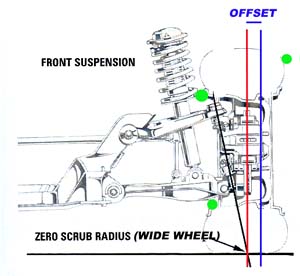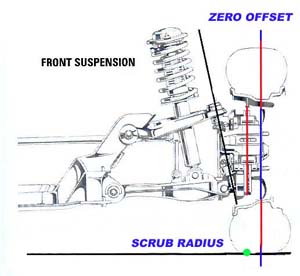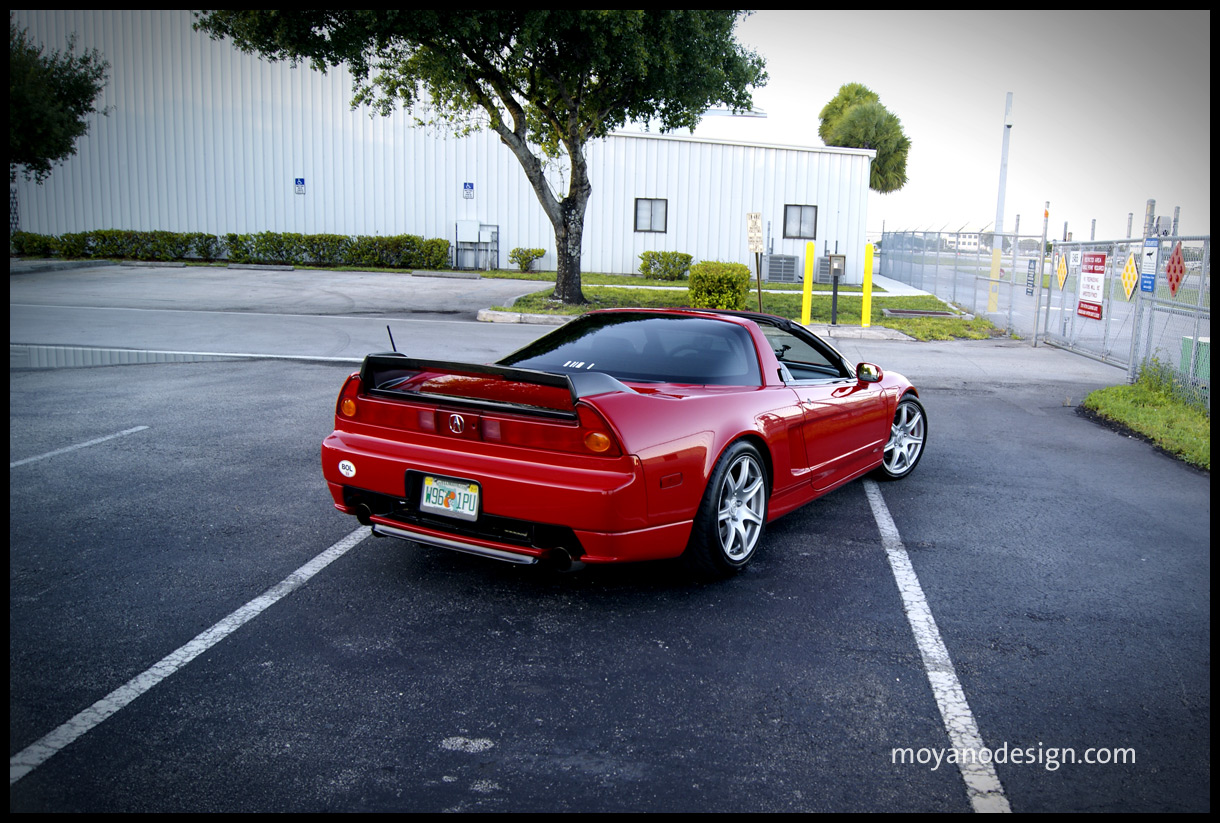Many NSX owners are using spacers to improve the look of their car by using spacers to make the wheels appear flush with the body.
Also, many people are using spacers to make sure that their big brake kit will fit under the wheels or prevent the front wheels from (too much) rubbing when turning.
However, personally, I have always been a bit weary of spacers.
As I understood, spacers will increase the load on your wheel bearings and that simply cannot be a good thing.
But, I was thinking, apart from making a BBK possible, are there also any ADvantages to using spacers??
The one thing I can think of is the fact that spacers will increase the track width of the car and that might increase the stability of the car in turns.
Any good insights would be welcome...
Also, many people are using spacers to make sure that their big brake kit will fit under the wheels or prevent the front wheels from (too much) rubbing when turning.
However, personally, I have always been a bit weary of spacers.
As I understood, spacers will increase the load on your wheel bearings and that simply cannot be a good thing.
But, I was thinking, apart from making a BBK possible, are there also any ADvantages to using spacers??
The one thing I can think of is the fact that spacers will increase the track width of the car and that might increase the stability of the car in turns.
Any good insights would be welcome...








